
Ink & Pixel is a source of pride and joy for me as a writer and as such, I’m always striving to take this column further for those who read and enjoy it. If you yourself, or anyone you know, helped to make any of the amazing feature animated films found within this column, I would love to talk to you to further my knowledge. Please contact me at [email protected] so we can discuss it further.

Animated feature films have presented us with countless scenarios and experiences over the years. As viewers and enthusiasts of the art form, we’ve been introduced to animated royalty by way of the Disney princesses, have breathed fire while scaling the tallest of towers with massive, razor-sharp talons, and have even discovered that while we’re away, our childhood toys come to life. It stands to reason that our ability to create life within animation is limited only by our technology and imaginations. And I think you’d agree, that in recent years there has been very little by way of effects we can not achieve in animation. As the talented individuals within this industry continue to push themselves ever further with each passing project, there’s no telling where we might wind up next.
It’s due to my own fascination with, and love of, animation that every now again a film will come along that completely blows me away, both in regard to its technological achievements and its richness of character and story. In recent times I can think of no better film to go above and beyond my expectations than THE ADVENTURES OF TINTIN.

Okay, I hope you’re sitting down. If not, then be sure to be near a chair or something of the like, because the powerhouse of talent that helped create this film is sure to make you go weak in the knees. THE ADVENTURES OF TINTIN is a high-octane thriller of an animated film, with more action, intrigue, and adventure than almost anyone should be asked to handle. Directed by Steven Spielberg (SCHINDLER’S LIST, HOOK, JURASSIC PARK), written by Stephen Moffat (Doctor Who, Sherlock, Coupling), Edgar Wright (SHAUN OF THE DEAD, SCOTT PILGRIM VS. THE WORLD, ANT-MAN), and Joe Cornish (ATTACK THE BLOCK), then produced by Peter Jackson (DEAD ALIVE, THE LORD OF THE RINGS TRILOGY, KING KONG), TINTIN is an audacious example of animated filmmaking that goes above and beyond the expectations of even the most critical of animation connoisseurs.

When researching the origin of the daring red headed boy, TinTin (courtesy of tintin.com), I discovered that what can be thought of as the “seeds” of the character first arrived on scene in 1929, thanks to the imagination of Georges Remi. It’s said that in his time as a schoolboy (during the harsh and trying times of the first World War), that Remi could often be found daydreaming and doodling inside the margins of his schoolbooks. To be honest, I used to do the same thing, only my characters were called “The Hollow”. Later, in his teenage years, Remi joined up with a local Boy Scout troupe. It was there, while learning the tricks and trades of survival, that Georges roughed out the adventures of a young boy named Totor – a mischievous Boy Scout who enjoyed playing tricks on the evil and unknowing German soldiers that threatened his country and his loved ones.

Later, with his school years behind him, Georges Remi assumed the pen name Hergé, and began work at a Belgian newspaper entitled Le Vingtième Siècle. While there, Hergé contributed to a children’s column called Le Petit Vingtième. It was while writing this column that Hergé was once again reminded of his character, Totor and it occurred to him, as a work-a-day writer, that perhaps Totor has a brother – an investigative journalist by the name of TinTin. Hergé soon became transfixed with the idea of TinTin, and went to work straight away crafting the character’s personality and sense of purpose. Using the information and news-related exploits that crossed his desk on a near-daily basis, Hergé sought inspiration in the real-life escapades of French reporter Albert Londres for the foundation of TinTin’s taste for mystery and unquenchable thirst for adventure. With the task of finding his muse in Londres well in hand, Hergé remodeled the appearance of his Totor character, and began work on what would become Tintin’s first adventure entitled Tintin in the Land of the Soviets.

Steven Spielberg himself has said that he first discovered TinTin while reading a review of his Indiana Jones film – RAIDERS OF THE LOST ARC – within the pages of a French magazine. Having only a bit of French committed to memory (from his high school days), the acclaimed filmmaker assumed the word “TinTin ” meant something (hopefully) positive about his RAIDERS film. As it turns out, the paper was indeed implying that RAIDERS played out very much like a big-screen version of one of Tintin’s many exploits. Learning this, Spielberg became curious about the red headed boy, and soon gorged himself of the adventures of TinTin – and has remained a fan ever since. In fact, Spielberg loved the character of TinTin so much that while shooting the sequel to RAIDERS OF THE LOST ARC – THE TEMPLE OF DOOM – he approached Hergé about adapting the character of TinTin to film. Hergé was humbled by the notion and was reportedly excited by the idea that Spielberg had taken such a keen interest in his character.

Tragically, it was during the few weeks that Hergé and Spielberg had been involved in these discussions that Hergé died at the age of 75 – due to an undetermined number of illnesses. According to Forbidden Planet International, some have speculated that Hergé died upon contracting several illnesses such as the flu, bronchitis, and even pneumonia after being exposed to the HIV-virus when receiving intravenous blood transfusions for other such health issues. This, no doubt, contributed greatly to the man’s passing, and ultimately left the possibility of TinTin being a part of a major motion picture hanging in the aftermath. Spielberg was later contacted by Hergé’s widow, Fanny, who with her sincerest of words, granted the filmmaker the opportunity to bring TinTin to life on the big screen. The question remained, however, of how exactly to accomplish this task. After all, Spielberg desired nothing more than to do the memory of Hergé and the character of TinTin justice. Then, in 2009 – nearly two decades later – Spielberg joined forces with some of the most respected men in entertainment and discovered a way to make it all happen.

Damn. I’ve been so busy yammering on about the origin of the film that I have yet to tell you what THE ADVENTURES OF TIN TIN is all about. Well, based on a combination of the TinTin novels The Crab With the Golden Claws, The Secret of the Unicorn, and Red Rackham’s Treasure, TINTIN is a swashbuckling, treasure hunting adventure story of a young journalist named TinTin (Jamie Bell), his exceedingly intelligent dog Snowy, and a salty sea captain named Captain Haddock (Andy Serkis). Together, these enthusiasts of danger and mystery are thrust headlong into a plot, several decades in the making, involving a long lost treasure and a lasting grudge between Captain Haddock himself and a villainous treasure hunter named Sakharine (Daniel Craig). The race to find the lost treasure of Haddock’s pirate ancestor is on, and three antique model ships hold the key to riches, fame, and an adventure that spans several continents worth of deception and devilry.

Originally, Spielberg intended for the ADVENTURES OF TINTIN to be a live-action feature film. In execution, though, he struggled with transforming human faces into the characters seen throughout the pages of Hergé’s many installments of the series. During the early stages of production, Spielberg had cast human actors, fitted with prosthetic makeup, to portray the characters. This delivery ended up being a tad creepy on the eyes, and it became very obvious to Spielberg and his team that something about the presentation wasn’t quite right. The answer to these issues came about when exploring how TinTin’s faithful dog, Snowy, would be represented in the film. It became quite clear early on that Snowy could not be cast using a live animal actor. Because the script required Snowy to perform many feats of derring-do that would be incredibly difficult for any animal actor to perform, Spielberg contacted his friend, Peter Jackson, and his special effects team over at WETA for assistance.

Upon viewing the footage of a CGI-rendered Snowy – provided by the team at WETA (in a scene starring Peter Jackson himself as Captain Haddock) – and marveling at how perfect it was, it became very obvious that the film would be more suited to take the platform of Performance Capture technology. Performance Capture, essentially, is a highly sophisticated form of motion capture. You’ve seen it being used before in films such as THE POLAR EXPRESS, AVATAR, THE RISE OF THE PLANET OF THE APES, and even cinematic video game titles like HEAVY RAIN and BEYOND: TWO SOULS. The process involves intricately mapping the actor’s face and body with a series of strategically placed dots that, when filmed, record the articulate movements of the subject’s body to uncanny degree. This information is collected and sent back to the filmmakers, who then use the recordings of each expression and precise movement as the building blocks to create fully realized CGI characters onscreen. Between you and me, I’ve found THE ADVENTURES OF TINTIN to be the most stunning example of this technology since its introduction into film.

I, myself, cannot imagine how difficult it must be to make a film using Performance Capture technology. At the start of the film, there were roughly 5-6 WETA technicians working on the project. By the end of production, however, that number had increased to a staggering 900 participants. To put things into perspective – each frame of the film required a total of 4-5 hours worth of work to be completed. Now keeping that in mind, realize that there are 24 frames per second used when making most CGI animated films. When considering these numbers it’s important to remember all of the jobs that are required to complete a film such as THE ADVENTURES OF TINTIN. Not only do you need an effects team to translate all of Spielberg’s handheld digital camera work, but the process also calls for lighting technicians, wardrobe and set dressers, modelers, a superb editing team, and enough animators to manage a cast of hundreds! The creative manpower behind this film is almost too overwhelming to fathom.

Before we get out of here, I want to talk to you a bit about the psychology of human beings and their reactions to motion capture and performance capture technology. Have you ever heard of the theory of the Uncanny Valley? Stephanie Lay’s of The Open University explains that the Uncanny Valley is “often described as the sense of eeriness and unease that accompanies sight of something that is almost but not quite human, the ‘uncanny valley’ was once a little-known idea relating to robotics design and how people’s reactions to robots changed as they were made to look increasingly human-like. Some examples of things that might fall into the Uncanny Valley include computer game characters where the appearance and behaviour are mismatched, department store mannequins with realistic faces but blank eyes, and animated characters where the synchronized voices are just slightly mis-timed.” I could not help but think of this hypothesis when watching THE ADVENTURES OF TINTIN. It’s baffling to think that our acceptance of what we’re seeing when viewing this films rests on such a delicate form of tolerance.

At the close of its theatrical run, THE ADVENTURES OF TINTIN and the search for Haddock’s lost treasure managed to add $373,993,951 to its sea-soaked coffers. It’s also know that Spielberg and friends had such an incredible time making the film that plans for a sequel (if not many of them) are already in the works with filming set to begin in 2014. Thus far, there has been no confirmation as to which stories from within the world of TinTin will serve as the source material for the upcoming film, though the next installment in the series will indeed be directed by Peter Jackson as soon as he wraps on the Hobbit films. WETA, as well as several key cast members are set to reprise their roles in the making of the sequel and I, for one, cannot wait to learn more details about this promising film series.

THE ADVENTURES OF TINTIN could very well be one of my favorite animated films of all time. It’s certainly up there with recent efforts such as PARANORMAN from Laika House, and Pixar’s TOY STORY 3. I consider the artistry and ingenuity of these films to be unmatched and I feel privileged to have this space wherein I can share my thoughts with you about them all. Cheers!


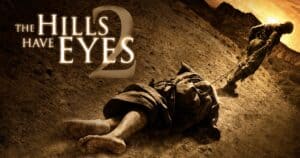

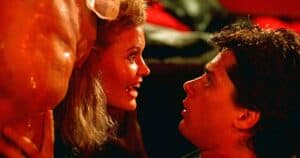
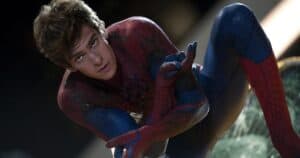

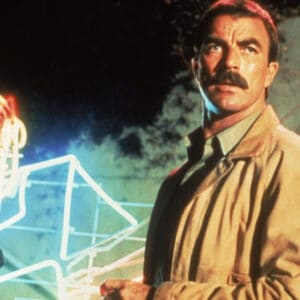
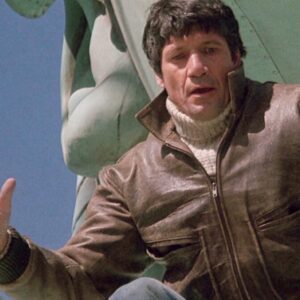
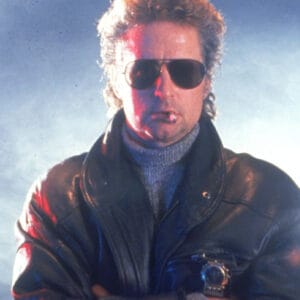
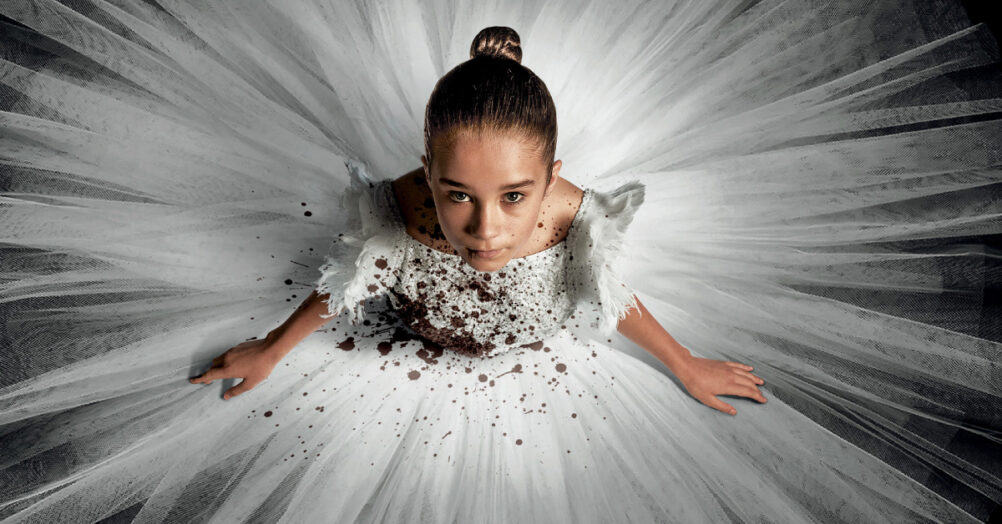
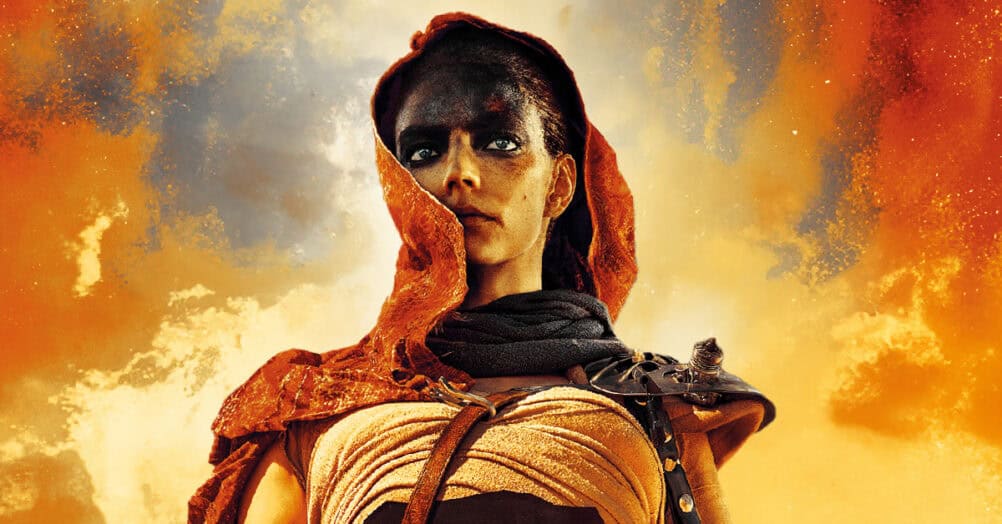
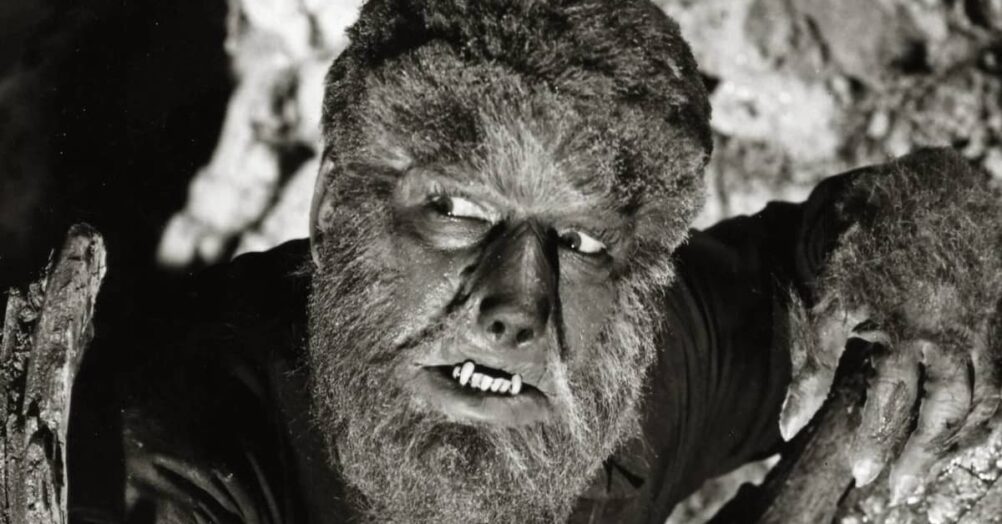
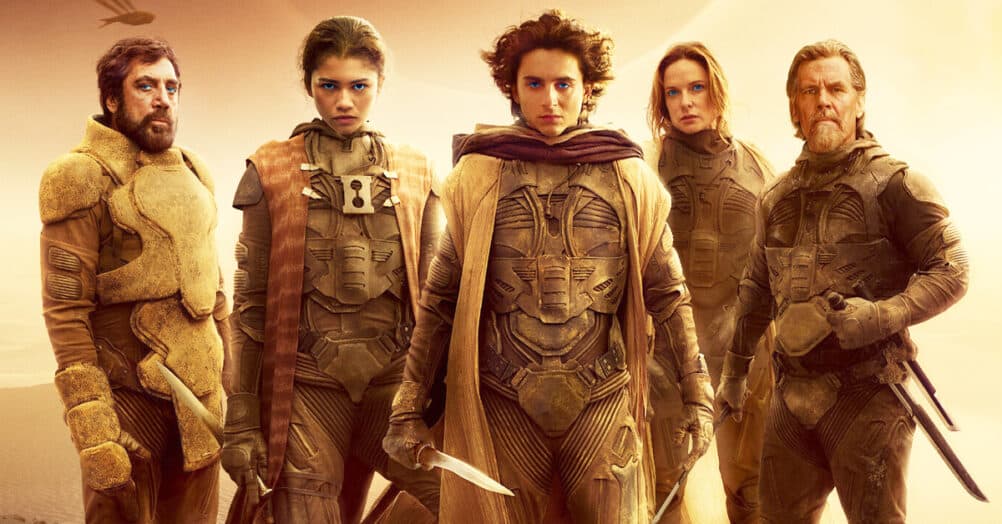
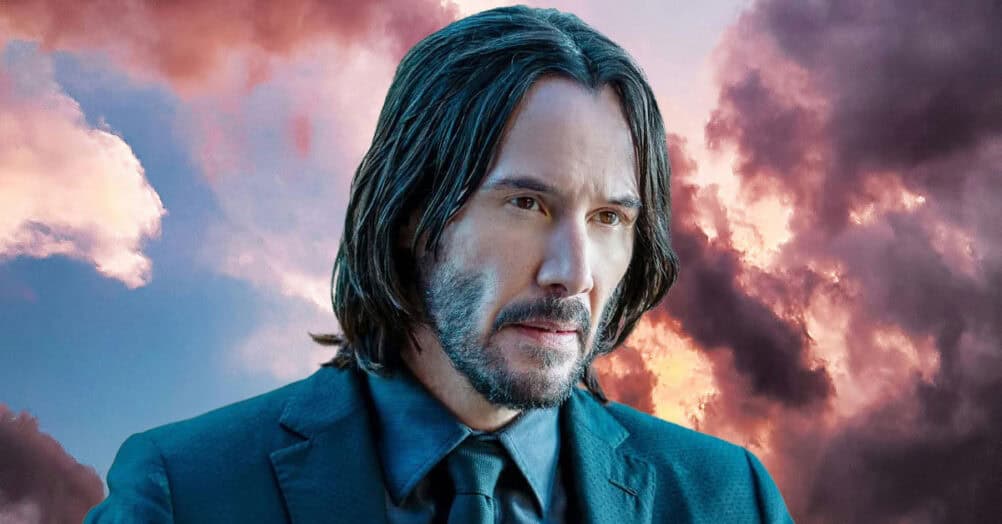
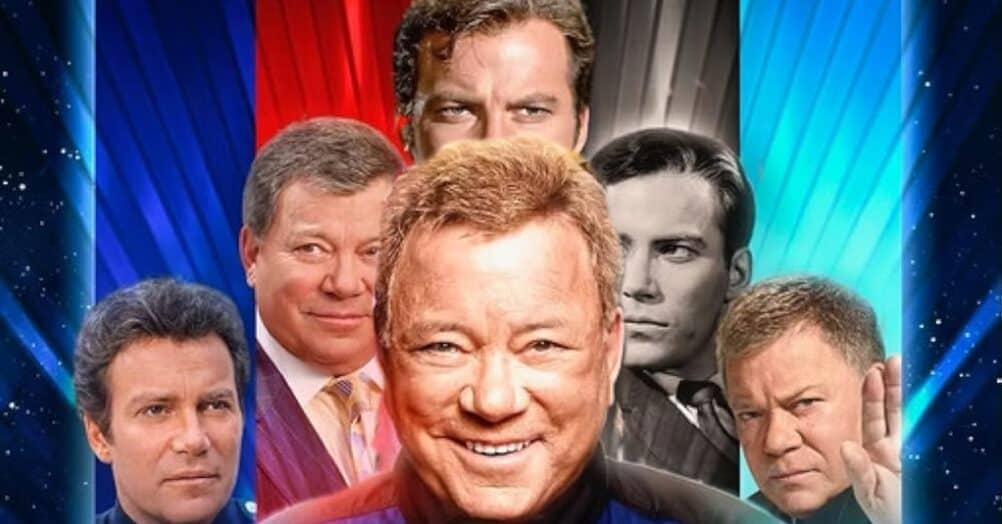
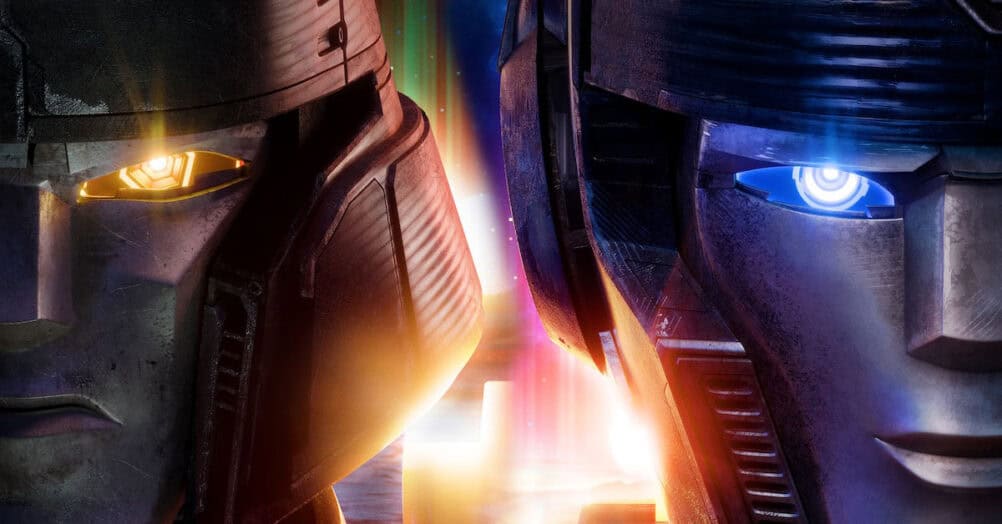



Follow the JOBLO MOVIE NETWORK
Follow us on YOUTUBE
Follow ARROW IN THE HEAD
Follow AITH on YOUTUBE